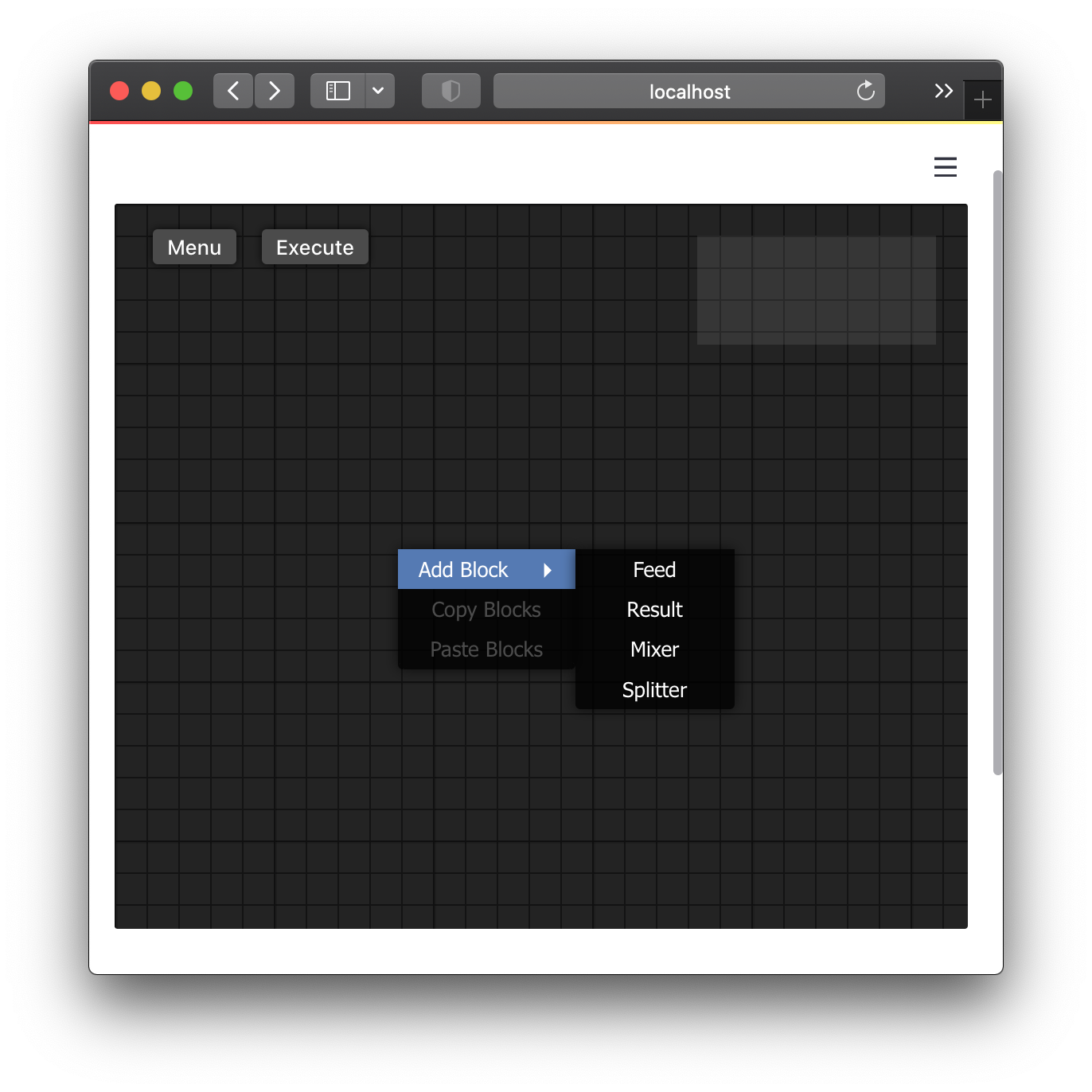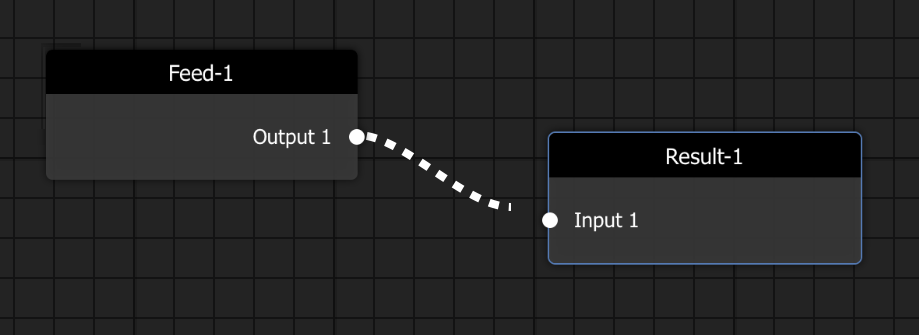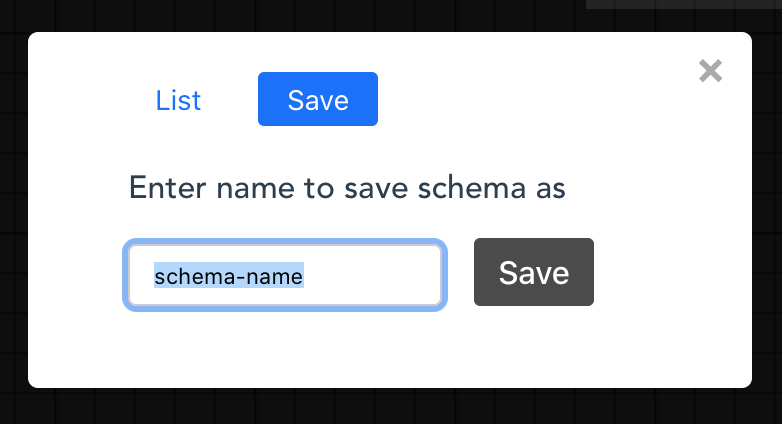Streamlit Widget#
The graphical interface for building the schema for the FBP. Using the component st_barfi provided with barfi, the API to the client can be accessed. Running the streamlit app, serves the barfi GUI in the frontend as shown below.

The component interface is called the Editor within the context of Barfi. Right clicking on the Editor, opens the context menu from which Blocks can be added to the Editor. And connections can be made between each Block.

Within the Menu in the Editor, the drawn schema can be saved and loaded. It has to be given a unique name. The saved schema name can be loaded passing the name of the schema as the load_schema argument to the widget.

API Reference#
barfi.st_barfi(base_blocks, compute_engine=False, load_schema=None)#
Parameters |
base_blocks : List of barfi.Block, Dict |
A list of the base barfi.Block s built using the barfi.Block class. Or, a Dictionary (key, value pairs) with key refereing to categories (which will be used in the submenu in the frontend/client) and value with the list of barfi.Blocks. Refer to the barfi.Block here, Block. |
|
compute_engine : bool, default False |
|
A bool to activate the compute_engine. On |
|
load_schema : str, default None |
|
The schema of the flow program can be saved within the |
|
Returns |
dict |
A dict returning the created and evaluated schema from the frontend/client. Information of each Block with its connections and value is referenced by the name of the Block |
Example
1from barfi import st_barfi, Block
2
3add = Block(name='Addition')
4sub = Block(name='Subtraction')
5mul = Block(name='Multiplication')
6div = Block(name='Division')
7
8barfi_result = st_barfi(base_blocks= [add, sub, mul, div])
9# or if you want to use a category to organise them in the frontend sub-menu
10barfi_result = st_barfi(base_blocks= {'Op 1': [add, sub], 'Op 2': [mul, div]})